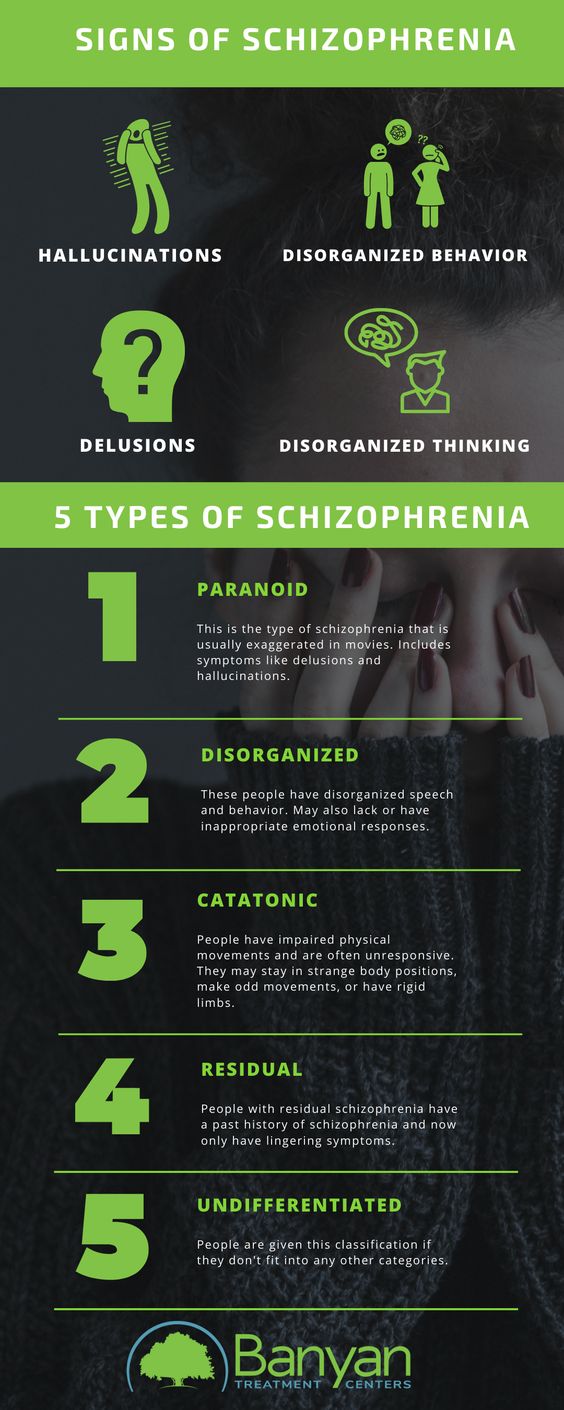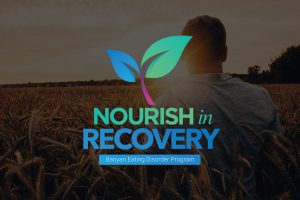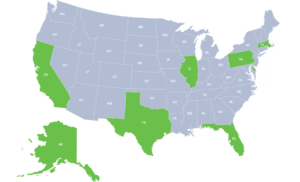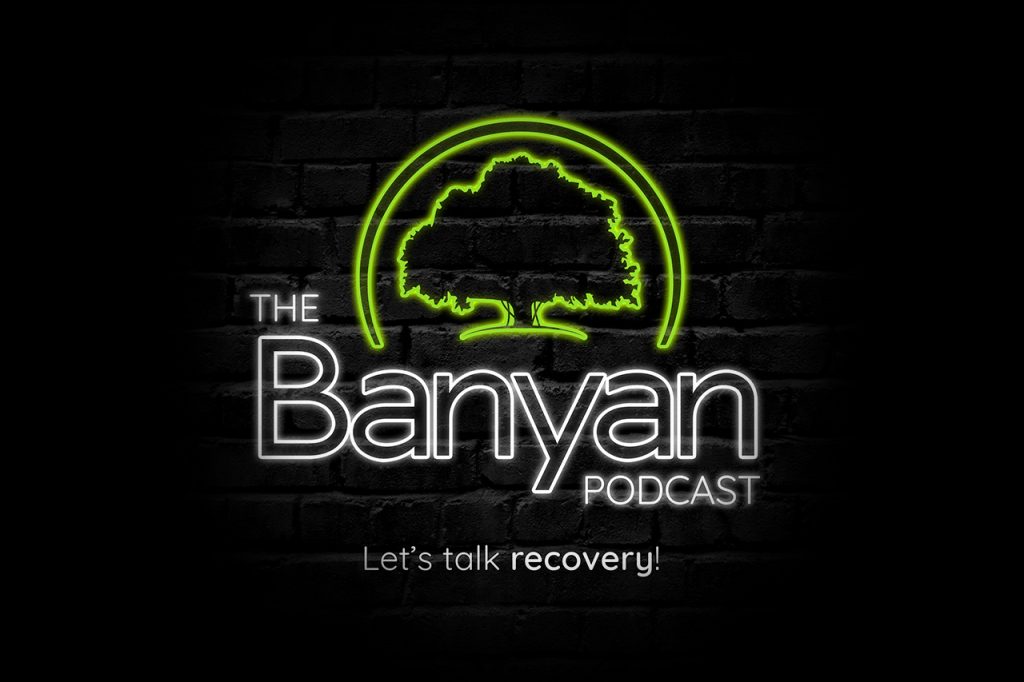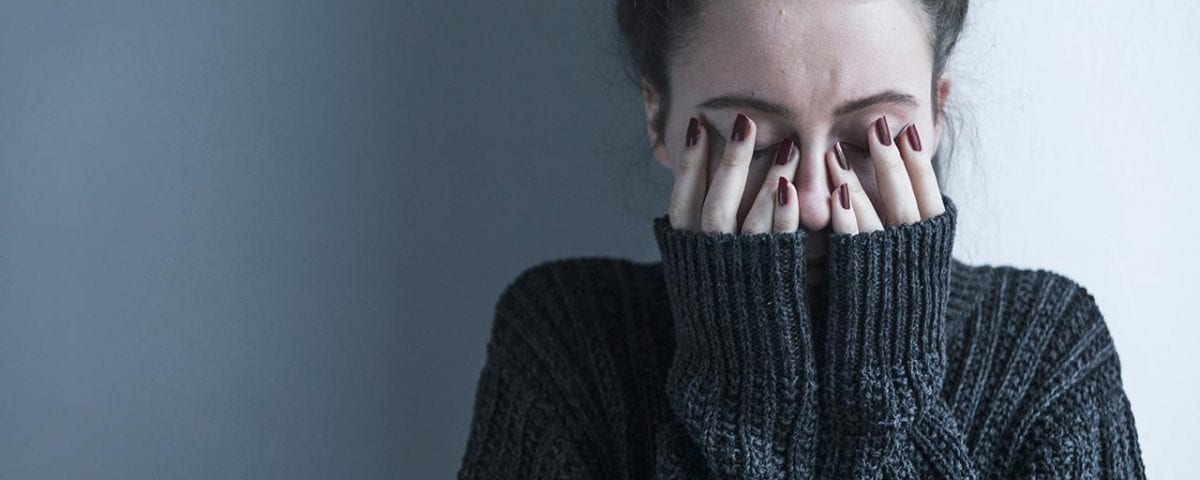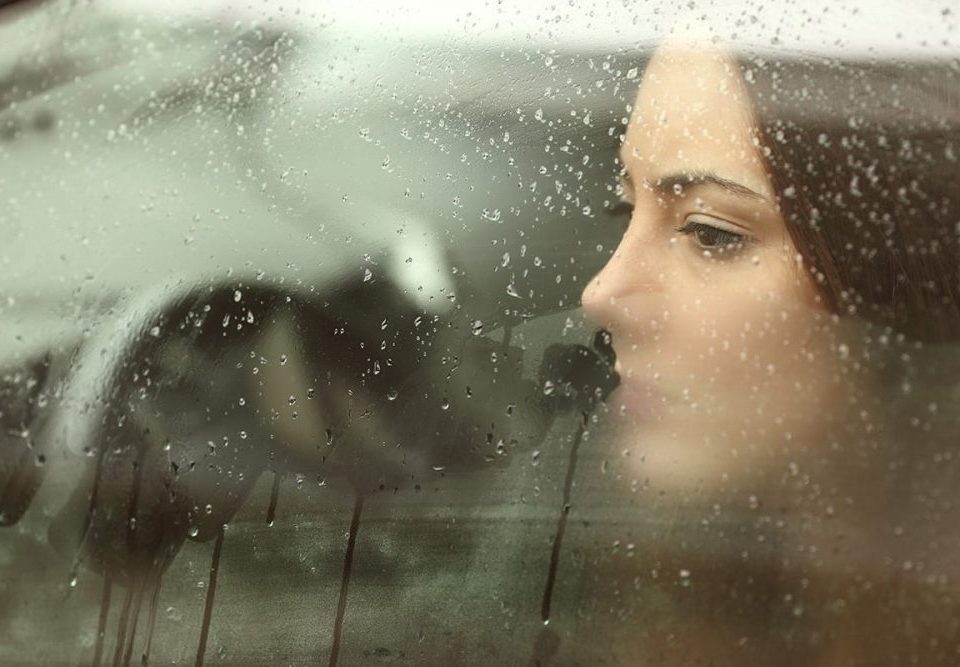Mental health disorders are complicated and can be hard to diagnose. Often, people have overlapping symptoms or more than one disorder at the same time. Because of these variations, mental health disorders are often classified by broad terms first and then broken down into more specific disorders. One such example is the different types of schizophrenia. Learn more from Banyan Treatment Centers about what these diagnoses entail and the best ways to respond.
What Are Schizophrenia Disorders?
Schizophrenia disorders are mental health conditions that interfere with a person’s perception of reality. They are often characterized by delusions and hallucinations. These disorders are usually severe and require mental health care at one of our Banyan locations in order for the person to manage their symptoms and lead a more normal life.
Thinking, emotion, and behavior can all be significantly affected by schizophrenia. Schizophrenia patients may have trouble structuring their ideas, drawing logical conclusions, and coherently expressing themselves. They could behave erratically and chaotically, alternating between frantic and withdrawn appearances.
What Are the Different Types of Schizophrenia?
There are 5 types that are generally considered main types of schizophrenia, including paranoid schizophrenia, catatonic schizophrenia, disorganized or hebephrenic schizophrenia, residual schizophrenia, and undifferentiated schizophrenia.
This highlights that schizophrenia isn’t just one type of disorder. It is a term used to classify a series of mental health disorders that fall along the same spectrum. Since there are several different types of schizophrenia depending on the person’s symptoms, it is important to understand what these conditions might look like in a person.
Paranoid Schizophrenia
Paranoid schizophrenia is the kind of schizophrenia that is usually exaggerated in movies and by the media. It is the most common form of schizophrenia and is commonly characterized by positive schizophrenia symptoms such as delusions and hallucinations. When discussing schizophrenia, the word
positive implies “the presence of,” while the word negative refers to “lack of.” These delusions frequently involve ideas of persecution, conspiracies, or grandiosity, which raises people's apprehension and mistrust. Contrary to how they are portrayed in the media, people with paranoid schizophrenia are not necessarily aggressive or dangerous, and with the right care and support, they can have happy, meaningful lives.
Catatonic Schizophrenia
This rare type of schizophrenia is unique in that it involves physical movement. Catatonia can be its own disorder, but people with catatonic schizophrenia often have negative symptoms of schizophrenia and are not very responsive. They may not react to stimuli, stay in strange body positions, make odd movements, or even have rigid limbs that will stay in the position that they are moved to. Catatonic schizophrenia can seriously hinder a person's capacity for daily living and efficient communication. They could have trouble vocally expressing themselves, have little emotional expressiveness, and show less interest in their environment. As a result, people with catatonic schizophrenia frequently need intensive care and assistance from caregivers and mental health experts.
Hebephrenic or Disorganized Schizophrenia
Hebephrenic schizophrenia is also called disorganized schizophrenia because these people usually have disorganized speech and behavior. People with this subtype frequently experience difficulties with logical and cohesive thought, which results in illogical or tangential speech patterns. Their actions could seem erratic or unexpected, lacking in appropriate social norms or goal-directedness. Due to their disarray and lack of coherence in their ideas and behaviors, individuals with hebephrenic schizophrenia may find it extremely difficult to function on a daily basis. Self-care, social contact, and relationship maintenance can become difficult activities.
They may also have inappropriate or lack any emotional response. Exaggerated or inappropriate emotional emotions that are out of line with the circumstance may be displayed by these individuals. Alternatively, they can exhibit a dull effect, in which case their emotional expression is greatly diminished or nonexistent.
Residual Schizophrenia
Residual schizophrenia is used when people have a past history of positive schizophrenia symptoms but now only have lingering negative symptoms or none at all. These lingering symptoms may include poor attention, some mental disorganization, and emotional withdrawal. These individuals may show a lack of interest or passion in routine activities, struggle with attention and concentration, and have disorganized thought processes. A person's functioning and general quality of life can nevertheless be profoundly impacted by residual schizophrenia, despite the fact that it is frequently seen as a milder version of the condition.
Undifferentiated Schizophrenia
Undifferentiated schizophrenia is the classification given to people who may not fit into any of these other classifications of schizophrenia because they show symptoms for more than one kind. These people may exhibit both positive (hallucinations and delusions) and negative symptoms (diminished emotional expressions and social withdrawal). Undifferentiated schizophrenia symptoms can differ greatly from person to person and might evolve over time. When a person does not fit the requirements for a certain subtype or when their symptoms do not precisely match one subtype of schizophrenia, this category is frequently utilized.
Schizophrenia Recovery Is Possible
While there are different types of schizophrenia, these disorders fall on a spectrum and should be treated as such. Schizophrenia treatment at our Banyan rehab locations will differ not only based on the type of schizophrenia but also on the individual. Typically, treatment will include a combination of medicine and psychotherapy.
While schizophrenia of every kind can interfere with a person’s everyday life, to make matters worse, some people who are struggling to manage or cope with their symptoms may turn to drugs or alcohol. When this becomes their norm, they may develop a substance abuse disorder, and a dual diagnosis treatment at our addiction facilities is often required to treat both problems.
Instead of letting your mental health or the mental health of your loved one continue to cause more problems, get help now. At Banyan, we help people learn how to manage their symptoms so they can move forward with their lives. To get more information or to get started, reach out to us today at 888-280-4763.
*Move YouTube Video to top of the page, leave infographic where it is*
Related Reading
Schizophrenia and Alcohol: How They Connect and the Possible Dangers
